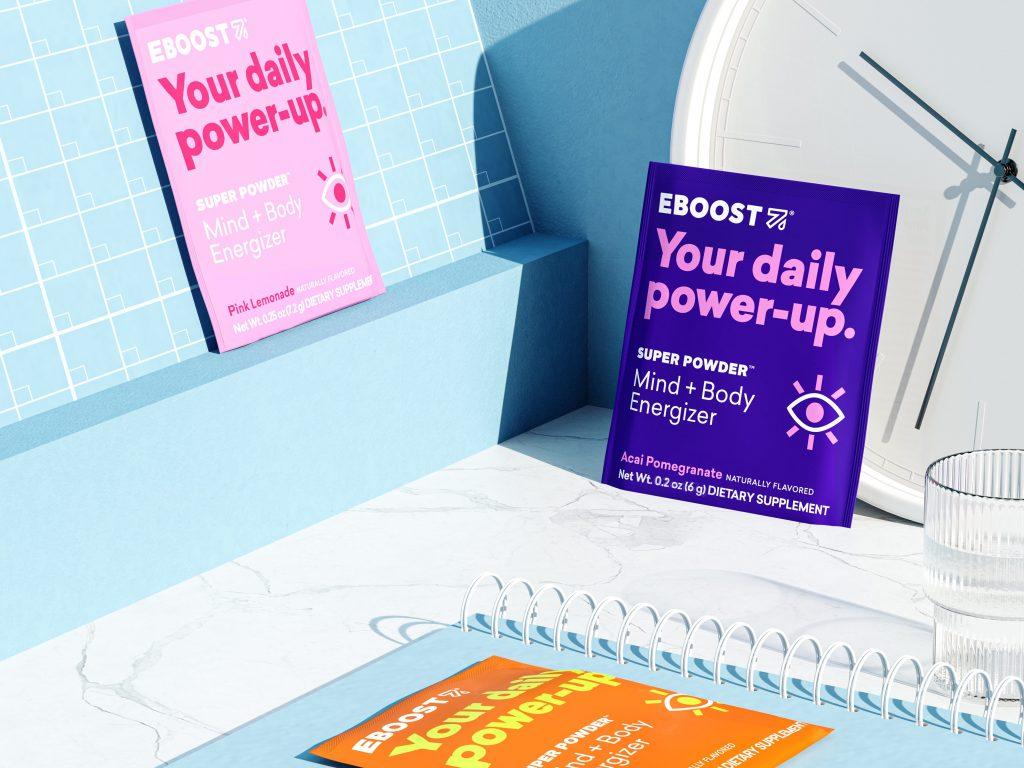There is by now no doubt that social media has had a transformative effect on the corporate landscape. While once the majority of business deals both began and ended with a personal introduction or a face-to-face meeting, many such interactions have now been supplanted by an @reply or direct message. Likewise, the days of the traveling salesman are all but gone. In-person product or service demonstrations are largely limited to showrooms and tradeshows, and otherwise, the primary promotional vehicle in many instances is a coordinated social media campaign or another form of digital offensive.
So why, with it now being easier than ever to reach thousands – even millions – of potential customers with a promoted tweet or boosted Facebook post, would anyone revert to the “old-fashioned” inefficiencies of personal meetings?
In a word: trust.
We are now exposed to more advertising than ever before, with the average American seeing perhaps three-hundred-plus adverts a day. The natural result is that many consumers struggle to filter the signal from the noise, and therefore turn a blind eye to all commercial enticements. The ultimate outcome, of course, is that we assign less trust to advertisements and product endorsements of all sorts, devaluing the currency of each commercial outreach.
Conversely, the very act of appearing for a face-to-face meeting has acquired more value as a result. No longer is it obligatory to appear in person – indeed, we can easily replace almost the entire experience in high definition with video conference applications. Almost. There is an undeniable cultural and personal value to a handshake or subtle communication of body language. Just as we use Skype as a substitute for personal interactions with our loved ones, so should we do the same for customer-facing communications wherever possible.
It is through these conversations and presentations that entrepreneurs are able to communicate trustworthiness, a quality which transfers to the product with which the speaker is associated. It is why major product launches are delivered not at company HQ in front of a green screen, but in a conference room packed with scores of attendees.
As entrepreneurs, we actively seek in-person meetings with potential partners, investors, and others we see as likely to improve our company’s bottom line or growth trajectory. We believe in our ability to sell our company by selling ourselves, and we are deemed “good businesspeople” if we appear charismatic or compelling in the boardroom. But when the time comes to speak to our customers, we prepare a press release or schedule a social post. Why not apply the same skills we have cultivated in the course of our corporate maneuvering when interacting with our customers?
It is high time that we picked up a relic of the recent past and started speaking to our customers as people – not data points – again. And the best way, as ever, is a face-to-face meeting, with all the power and subtlety of a genuine human interaction, and not a commercial advertisement.





